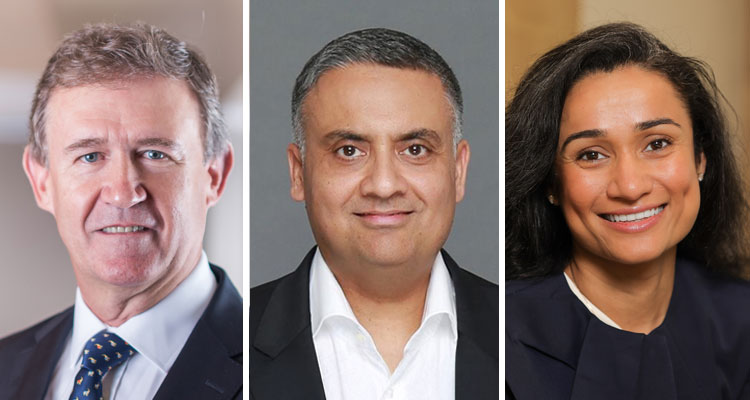

India’s push for universal healthcare through initiatives like Ayushman Bharat and state-run hospitals has significantly expanded access, particularly for those below the poverty line. In a nation of 1.4 billion, affordability is crucial. But as the country races to make healthcare cheap and accessible, a critical question arises: at what cost?
In the pursuit of numbers, quality is slipping—especially in radiology.
The hidden fallout in radiology
Diagnostic imaging—CTs, MRIs, ultrasounds—is the cornerstone of accurate treatment. Yet in the low-cost model, radiology is increasingly treated as a commodity.
Private-public partnerships (PPPs), radiology chains, and teleradiology services designed to scale access are now driven more by volume than accuracy. Unqualified players, often without a single senior radiologist on board, are entering the field. Under-trained juniors are recruited to meet turnaround times. Business houses, armed with capital but lacking medical ethos, are setting up teleradiology firms that can operate without accountability.
Experienced radiologists, once trusted guardians of diagnostic precision, are demoralised. Burdened with caseloads, regulations, and reduced pay, they’re being replaced—not by protégés—but by profit motives.
The volume trap: High throughput, low trust
Public hospitals and low-cost clinics face relentless pressure to handle thousands of patients daily. Scans are hurried. Reports are rushed, sometimes without adequate review. Doctors asking for more time are deemed inefficient. Equipment is often poorly maintained or underutilised.
In the private sector, the cost of MRI per study in 1998 was ₹5000. Today, listed prices are ₹7000–₹9000, yet aggregators and PPPs are pushing prices down. Clinics now perform scans for under ₹3000 just to stay afloat. Meanwhile, operational costs—electricity, maintenance—have increased four- to tenfold.
This intense cost pressure further threatens quality, leading to compromises in equipment upkeep, reporting standards, and staffing.
To make matters worse, government-employed radiologists often moonlight for private teleradiology firms, a practice made possible by lax regulation. This leads to divided attention and questionable accountability.
When an abnormality is missed on a CT scan—whether due to inexperience or insufficient reporting time—it’s more than a diagnostic error. It’s a human tragedy. And it’s the poor and uninformed who suffer most, unable to seek second opinions or legal redress.
Who watches the watchdogs?
There’s a regulatory vacuum in how radiology services operate under PPPs or teleradiology. Providers aren’t required to meet basic standards for experience, audits, or staffing. Many simply aim to deliver reports—not accurate diagnoses.
Technicians, essential to imaging quality, are often undertrained and overworked. Ethical checks are failing. Incentives are misaligned. And no independent body exists to monitor or penalise lapses in standards.
Losing the mentors, draining the system
India is witnessing a silent exodus of its best radiologists. Faced with unsustainable workloads and limited mentorship opportunities, many young doctors are moving abroad.
Senior radiologists, left unsupported, are unable to train the next generation. Their knowledge and values risk disappearing. And once quality is lost in radiology, it’s not easily restored.
A way forward: Reform beyond affordability
Affordable but inaccurate healthcare is a dangerous illusion. India must now prioritise quality and accountability alongside cost. Here’s what we need:
– Mandatory accreditation for radiology providers, including teleradiology, with clear standards for experience, case load, CME participation, and report quality.
– Funding linked to diagnostic outcomes, not just volumes.
– Recognition and incentives for senior radiologists—through awards, pay parity, and access to advanced technology—to inspire and retain talent.
– Independent oversight bodies to address patient grievances and standardise quality across sectors.
– Structured mentorship programs to nurture young radiologists.
– Public awareness campaigns about the critical role of radiologists in diagnosis and treatment.
Final thoughts
As a practicing radiologist for 29 years, I am witnessing a troubling decline in diagnostic quality, ethical standards, and workforce morale.
Access without accuracy isn’t healthcare—it’s harm. Without quality, low-cost healthcare fails those it aims to serve. India must look beyond numbers and ensure that the expertise and commitment of its radiologists are not lost in the race for affordability.
This article raises urgent questions about sustainability, accountability, and the future of diagnostic excellence. Is anyone in healthcare governance thinking on these lines? Is there political will? Or will the pursuit of a multi trillion-dollar economy eclipse the very basics of medicine?
The post Low-cost healthcare, high risks: Is India sacrificing quality for access? appeared first on Express Healthcare.





